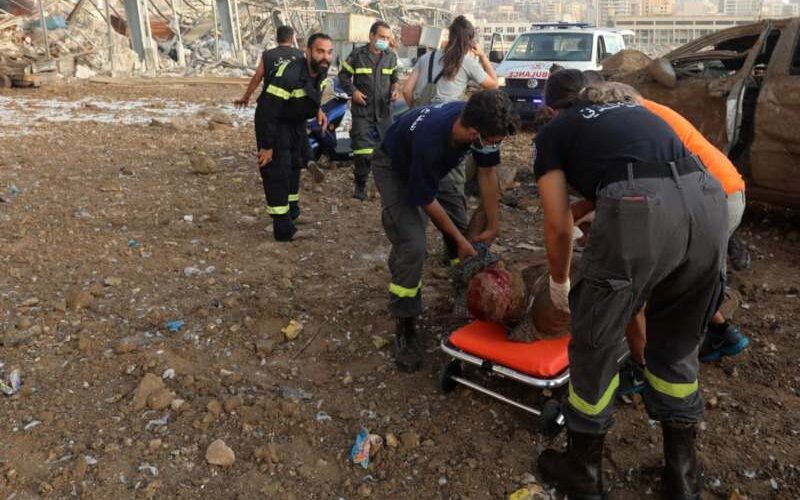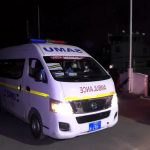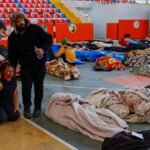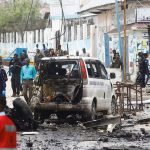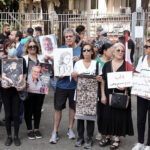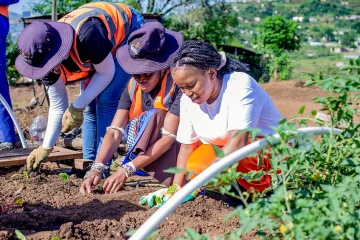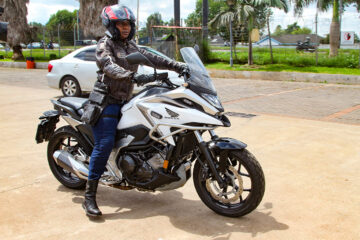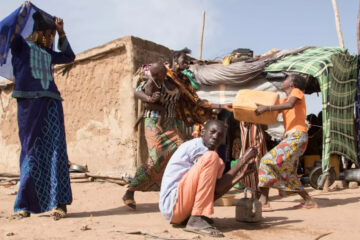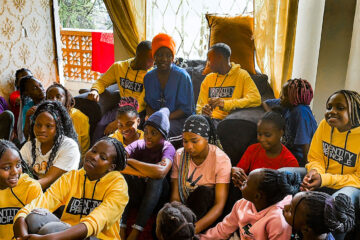WHEN he first felt the ground shaking, Reuters photographer Mohamed Azakir thought Beirut had been struck by an earthquake.
Then he heard the explosion.
Grabbing his camera, Azakir rushed out into the streets, trying to locate the source of the blast.
When he reached the port, he realized he was close. Dead bodies lay everywhere, and people were screaming.
Azakir saw one man, pinned under a vehicle, covered in a thick film of rubble and blood. At first, Azakir thought the man was dead. But then the man opened his eyes and began waving his arms and asking for help.

Azakir called over some rescuers who were nearby. In a series of dramatic photographs, he recorded the rescue of the man, while also helping the rescuers move the car to free him. He took pictures of the man being transferred to a stretcher and taken away, black smoke still billowing from wrecked silos in the background.

Azakir was told by the rescuers that the man was being taken to a hospital. Reuters has not been able to ascertain the identity of the man or to which hospital he was taken.

Beirut’s deadliest peace-time explosion was caused after ammonium nitrate being stored near the port ignited. The blast on Tuesday killed at least 145 people, injured 5,000, and left a quarter of a million homeless.
“It was like a horror movie filmed in a devastated city,” said Azakir, who has covered Lebanon since 1981. – Thomson Reuters Foundation.


